I started our first meeting as I have hundreds of times before and since, “I’m Hank. I’m the chaplain.”
The response from our new hospice patient took me aback, “Oh God, NO!”
One of the great things about being a chaplain is that, generally, people are glad to see you.
…Let me restate that: People are not glad that they are in hospice and need to see a chaplain. People who are seriously ill and dying are usually pleased to see the chaplain. My standard greeting on a first meeting is, “I am glad to meet you but sorry for what has brought us together.”
An invitation to revisit my experience as chaplain
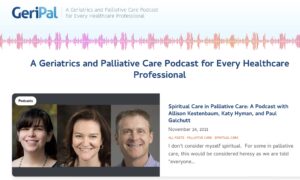 A recent “GeriPal Podcast” has caused me to reflect on my years as a healthcare chaplain. That’s “GeriPal,” as in geriatrics and palliative care. “Spiritual Care in Palliative Care” is discussed by three chaplain educators and trainers and the two physician hosts.
A recent “GeriPal Podcast” has caused me to reflect on my years as a healthcare chaplain. That’s “GeriPal,” as in geriatrics and palliative care. “Spiritual Care in Palliative Care” is discussed by three chaplain educators and trainers and the two physician hosts.
Years ago, by chance, I became part of an experiment to find out how people actually felt about the prospect of seeing a hospice chaplain. I was the only chaplain working out of the Loudoun/Western Fairfax office of the Hospice of Northern Virginia.
When a new patient came into our service, the admitting nurse would ask the patient or family, “Would you like to see the chaplain?” About 30% said, “Yes.” Even at that low rate, my caseload was getting too much for me to cover adequately.
Then, something very fortuitous happened. We merged with another hospice, and suddenly, we had another chaplain to cover the whole eastern half of the region.
Now, we were looking to find a way to increase the caseload to fill this new abundance of chaplain hours. We changed from a question (“Would you like to see the chaplain?”) to a simple statement from the admitting nurse — “The chaplain will be calling to set up an appointment in a few days.” Bingo! We went from seeing 30% of the patients to seeing more than 75% overnight.
Why would so many people go from saying “No” to a question to so willingly accepting a call from a chaplain?
There are all kinds of reasons people said “No” to the question. Perhaps saying “Yes” implied, “I am not spiritual enough and need help.” Or people think of chaplains as “religious” and “I am not religious.” Or maybe accepting a visit from the hospice chaplain means, “I don’t think my pastor is good enough.”
Or, maybe it’s the reason the man who said, “Oh God NO!” had when I introduced myself. I asked him, “Why did you respond like that?” He immediately said, “I don’t want to die.”
Oh my goodness. He was equating meeting the chaplain as meaning he is going to die. In his mind, you only see the chaplain when you are dying. In truth, to be admitted to hospice, he had to acknowledge that his physician was estimating that he had only six months to live. Perhaps, he had seen too many movies with a chaplain escorting a prisoner to the gas chamber or a chaplain comforting a dying soldier.
I used that first visit to assure the man he didn’t have to die just yet. I told him people flunk out of hospice all the time by their condition improving. In my mind, I could explore his fear of death in a future visit. But it was not to be.
He had another stroke and never spoke another word. His pastor and I could provide general words of comfort and encouragement in the face of the fear of death, but we had no idea what he was thinking.
So, people refuse to see the chaplain because seeing the chaplain means, “I am dying.” The ill-founded logic goes, “Asking to see the chaplain means I am dying. I don’t want to die. Therefore, I will refuse the chaplain visits and will not die.”
I wish it were that simple.
__________________________________________
Chaplain Hank Dunn is the author of Hard Choices for Loving People: CPR, Feeding Tubes, Palliative Care, Comfort Measures and the Patient with a Serious Illness and Light in the Shadows. Together they have sold over 4 million copies. You can purchase his books at hankdunn.com or on Amazon.

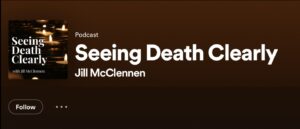


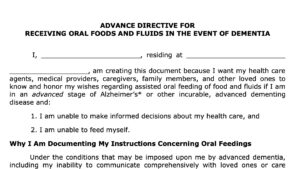
 Rosemary Bowen, at 94, was living independently. She said she had had a wonderful life and did not look forward to a long, slow decline toward death. For years, she had been telling her children, “That her life would not be worth living if she had to depend on caretakers to feed her, dress her, and take her to the toilet.” Then, it happened. She fractured her back and went to rehab but was unable to live independently. That was enough for her.
Rosemary Bowen, at 94, was living independently. She said she had had a wonderful life and did not look forward to a long, slow decline toward death. For years, she had been telling her children, “That her life would not be worth living if she had to depend on caretakers to feed her, dress her, and take her to the toilet.” Then, it happened. She fractured her back and went to rehab but was unable to live independently. That was enough for her.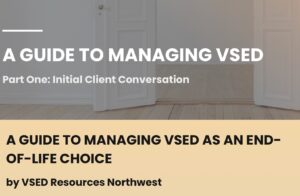 Do not try this without medical support. Rosemary was able to get a hospice to care for her in her last days. Palliative care is also available to ease burdensome symptoms like pain and thirst. See
Do not try this without medical support. Rosemary was able to get a hospice to care for her in her last days. Palliative care is also available to ease burdensome symptoms like pain and thirst. See 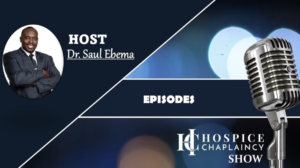
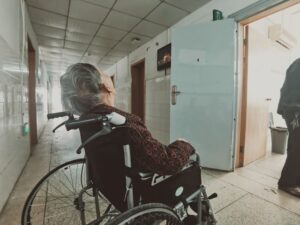 The patient had left verbal and written instructions that she did not want to have life-saving treatments when she was dying. A “No CPR” order was on her chart. Knowing her daughter’s feelings, the old lady chose her son as her power of attorney. She conspicuously omitted any mention of her daughter in the document.
The patient had left verbal and written instructions that she did not want to have life-saving treatments when she was dying. A “No CPR” order was on her chart. Knowing her daughter’s feelings, the old lady chose her son as her power of attorney. She conspicuously omitted any mention of her daughter in the document. How many times have we seen in an obituary, “He died peacefully at home with his family gathered around him.” Families wear this as a badge of honor. They provided the best of care and met the patient’s wishes to remain at home.
How many times have we seen in an obituary, “He died peacefully at home with his family gathered around him.” Families wear this as a badge of honor. They provided the best of care and met the patient’s wishes to remain at home.

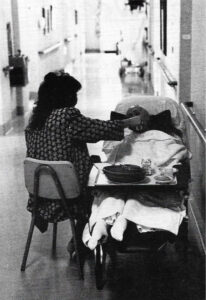
 Recently,
Recently,  Then, of course, “happy” is
Then, of course, “happy” is 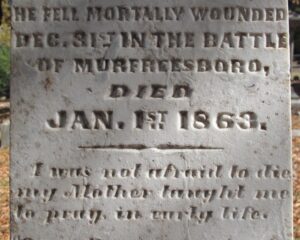 Recently, I
Recently, I 

 A
A 